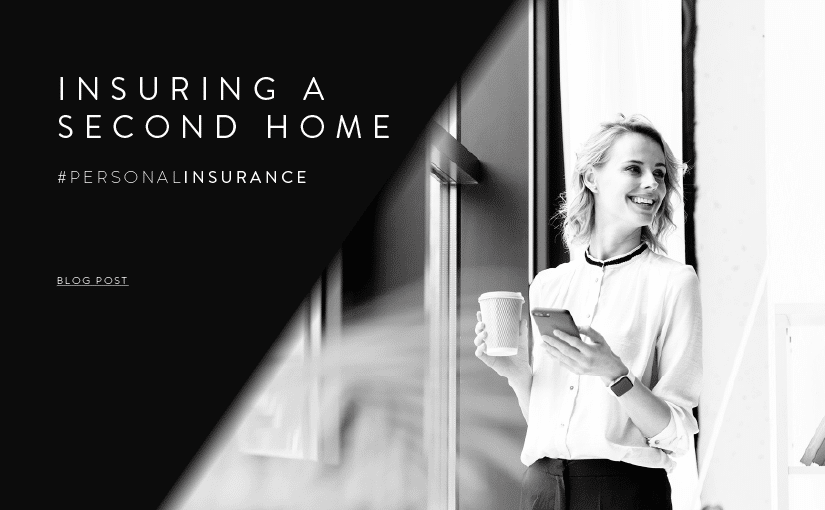Protect Your Home Away From Home
If you’re investing in a second home, you’ll also need to think about insuring a second home. To help, we have gathered some insurance basics that will help you make the best buying decision when it comes to determining insurability and estimating your ongoing cost of ownership. Consider your home insurance options before making any major decisions.
Coverage Options When Insuring a Second Home
The same as with a primary residence, you should have at least some basic insurance coverage. At a minimum, your lender will require that you carry hazard insurance to protect your property against damage from theft, fire, flooding or windstorms. It is also a good idea to add liability insurance, which covers you and members of your household for accidental injuries to your visitors. Opting for property plus liability insurance adds up to a standard homeowners insurance package. For an extra layer of protection, a personal umbrella liability policy extends your liability coverage for properties named in the policy.
Often the qualities that attracted you to your second home—the spectacular mountain views or sunsets over the ocean—are the same ones that can make insuring a second home more costly.
Dwelling Fire Insurance
Most homeowner policies require occupancy as a condition of insurance. The fact that you visit infrequently may preclude you from obtaining full homeowners coverage, but dwelling fire insurance may be an option. Dwelling fire insurance is an alternate coverage option. It is used for insuring residential rental or non-owner occupancy property, including vacant property.
A dwelling fire insurance policy continues to offer coverage for a home and other structures (detached sheds or garages, for example) for perils named in the policy. Named perils listed in a typical fire dwelling policy protect against damage caused by fire, collapse, lightning strike, wind, hail, explosion and smoke. For more coverage, consider adding personal property protection and liability insurance to a dwelling fire policy.
Renting Out Your Home to Others?
Insuring a second home that is also a rental comes with its own unique considerations. Whether your second property is an apartment unit or a family home, if you are renting the property, you will have little control over the physical damage that can occur in or on it. To mitigate your risks, tenant-occupied dwelling insurance will cover the costs incurred by damage. This may include fire, storms, burglary and vandalism. It does not cover your tenant’s personal property.
Renting your property furnished or unfurnished also has insurance coverage implications. If you are renting your property furnished, make sure to let us know. We can advise you on the best coverage options and whether you need to consider requiring longer-term tenants to carry additional renter’s insurance.
As with all homeowners insurance, it is important to be sure that there is enough coverage to protect all of your property values and assets when purchasing coverage. Reach out your insurance broker for more information on your coverage options.

